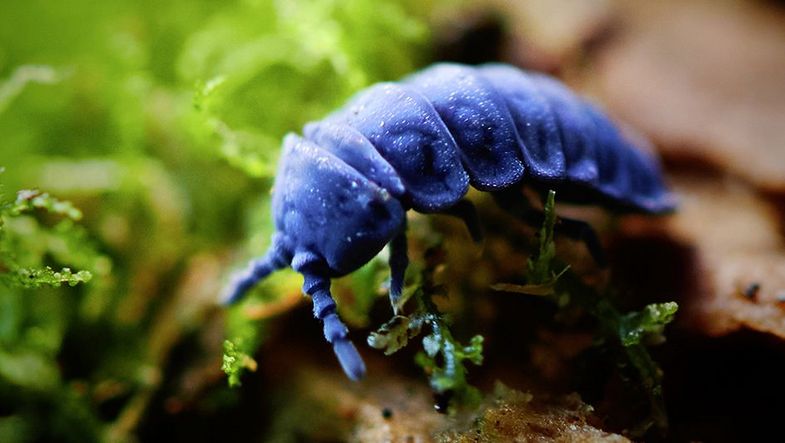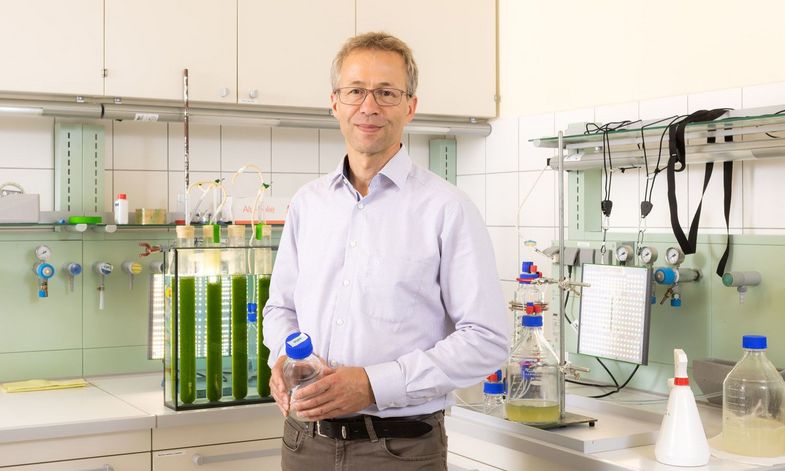The interdisciplinary team led by Carsten Werner had previously identified cholesterol as a component of the skin of widespread invertebrates (collembolae), which breathe through their skin and therefore need to protect it from contamination. In their paper published in Nature on 22 June 2023, the scientists have now elucidated a repulsive mechanism of cholesterol-containing surfaces. Using experiments, simulations and thermodynamic analyses, they were able to show how the spontaneous change in the orientation of interfacial cholesterol molecules creates an “entropic barrier” that makes cholesterol-containing surfaces repellent.
The development of synthetic materials using the discovered principle is promising, as it is important for many products and technologies to effectively minimize the attachment of biomolecules and bacteria. However, such “translation” of the effect to scalable, robust surface functionalization requires further research.
“We have been able to describe a new effect that can be explained by fundamental energetic approaches in physical chemistry. The importance of this effect is demonstrated by its quantitative description with fundamental principles. I am very pleased to see such a combination of fundamental physical chemistry and cutting-edge research findings,” says Professor Tilo Pompe. The head of the Biophysical Chemistry Group at Leipzig University mainly contributed theoretical approaches to the research project and analysed data.
At the Leibniz Institute of Polymer Research Dresden (IPF), basic principles for new materials and their application in future technologies are being developed, with biology-inspired material concepts becoming increasingly important. The Biophysical Chemistry Group at Leipzig University works closely with the IPF on biomimetic materials. At the Cluster of Excellence Physics of Life of the TU Dresden, basic principles of the functionality of living matter are being explored.
Publication in Nature: “Entropic repulsion of cholesterol-containing layers counteracts bioadhesion”, https://doi.org/10.1038/s41586-023-06033-4































































